Announcements
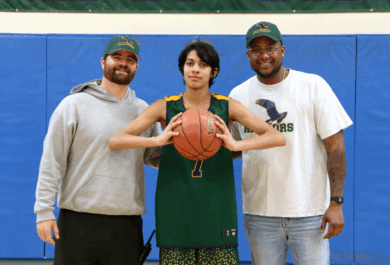
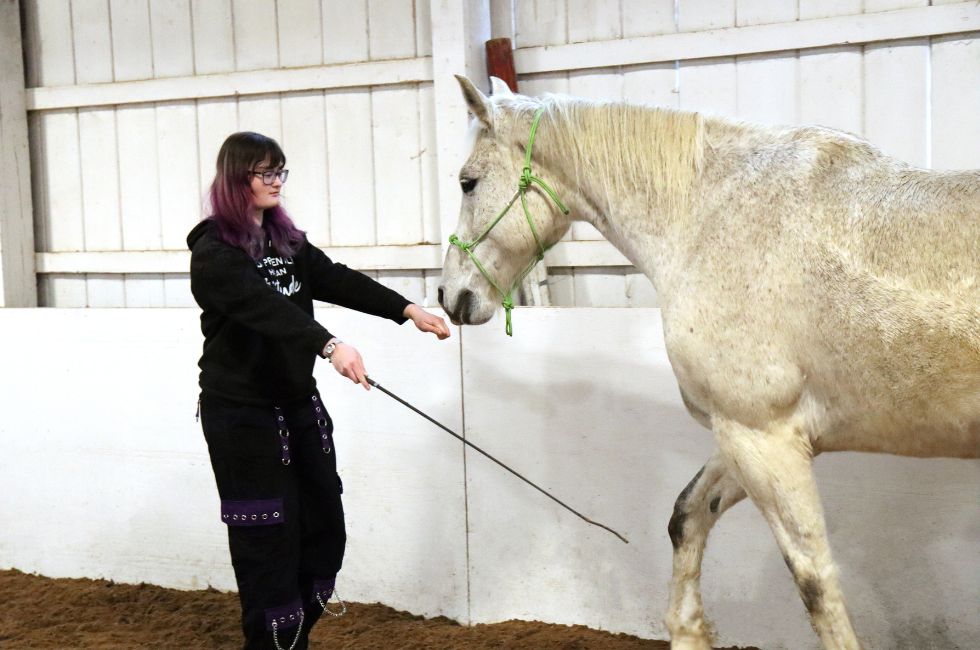
Recent transition to groundwork-only equine activities has created new opportunities in animal-assisted education with an enhanced view of animal welfare. As a Certified Therapeutic Riding Instructor and Equine Specialist in Mental Health and Learning, Valerie Castracucco brings valuable insight to her role as Equine Program Teacher.
Our program is entirely ground-based, which means we focus on interactions with horses without riding them. We practice Equine-Assisted Learning (EAL), an experiential approach where students develop social-emotional skills and personal growth through meaningful interactions with the horses. Students connect these skills through basic care, handling and training, and learning to understand horse behavior and how it relates to human social circles.
Students gain a wide range of useful skills, from procedural tasks to more perception-based activities. Fundamental skills include proper horse care and clear communication techniques. When you’re working with an animal that weighs over 1,000 pounds, understanding body language is incredibly important!

Students engage in activities such as grooming, leading, lunging, ground driving, liberty training, and longlining. They assist staff in keeping the horses mentally and physically fit through varied training exercises, and desensitizing them to our active campus. Students also have the opportunity to learn about equine nutrition, anatomy, and physiology through caretaking tasks; and education-focused activities, such as art projects and herd observation, facilitate participation for those with a lower degree of comfort.
Students practice communication skills and build on empathy by recognizing the needs of the animals, and their role in the horses’ care and well-being. They also learn to develop observation skills by reading their horse’s body language, and identifying signs of relaxation or stress to better respond to the horse’s needs.
We’ve noticed such positive changes in our horses. Without the pressure of carrying riders—particularly beginners, who can be more challenging, or even frustrating for a horse to accommodate—they seem more relaxed and freer to express their unique personalities. The barn atmosphere is noticeably calmer without the rush of preparing tack for riding lessons.
This revised groundwork approach also allows us to welcome horses of all ages and abilities, including those with special needs who might struggle in a traditional riding program. We recently took in a horse and two donkeys from two local horse rescues. The physical demands of a riding program makes many rescued horses unsuitable but now we can focus on all the other aspects that make them good partners for our students!
Students recognize that these horses still have great value by being able to empathize with their situations, and be a part of the healing process. Our equine team can provide specialized support while giving students hands-on experience with equine medical treatment, such as regular laser therapy or wraps. The concept that not having a certain ability does not equate to an inability to make a meaningful contribution is a strong, transferable example to students.

It really comes down to quality time and trust. Without the need to focus on riding mechanics, students can concentrate on the horse’s cues during their classes. They experience things in the present moment, just as horses do. Groundwork also makes the program more inclusive. Students who are physically unable to participate in riding can fully engage, and hesitant students can be met where they are.
Our herd ranges from 34-inch-tall mini horse Cricket to Danny, a 19-hand-tall Clydesdale, so students can partner with animals of a size that matches their comfort level. Many eventually feel comfortable graduating to work with larger horses, or form a deep and meaningful bond with their current partner.
For a student, the relationship fosters growth, confidence and compassion that extends far beyond the barn, while it builds trust and enriches life for the horse. We are already seeing the impact as humans and horses make gains—all without anyone climbing into a saddle. Learn more about Green Chimneys’ therapeutic equine education and activities
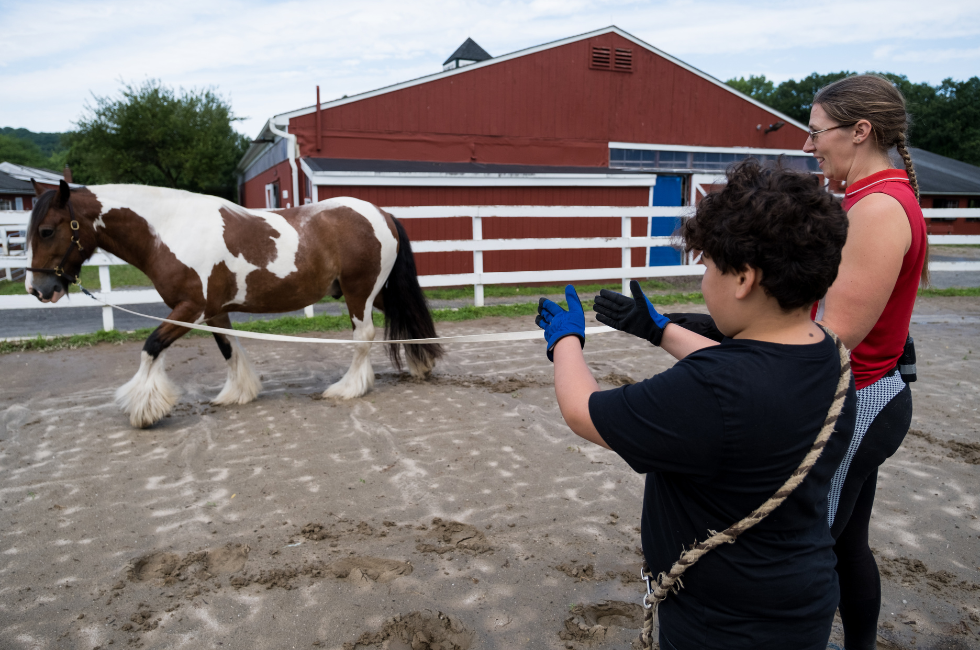
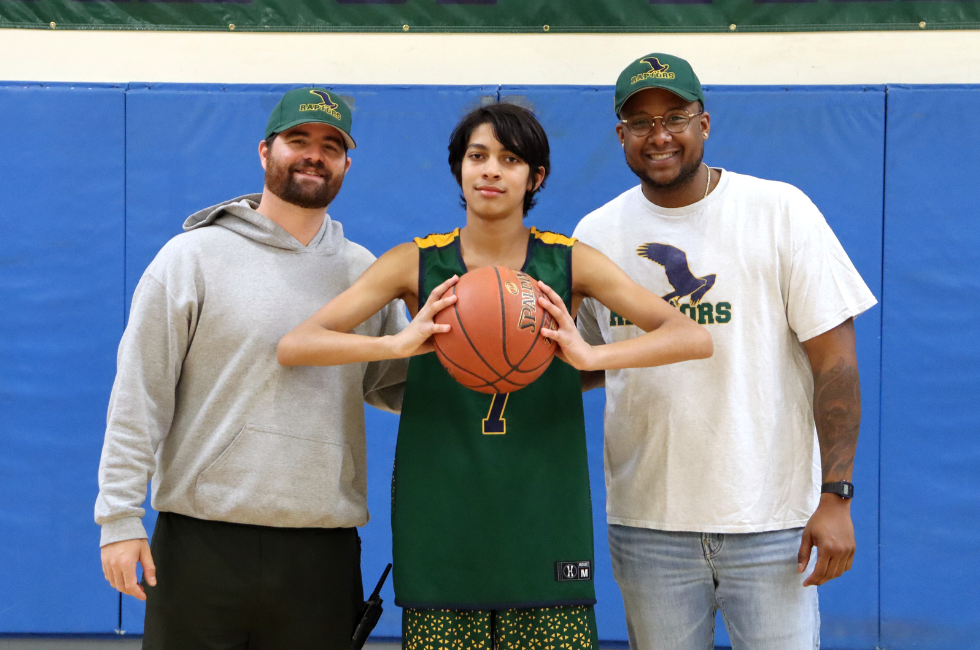
The greatest athletes to watch are the ones who play because they love the game, and no one at Green Chimneys loves the game of basketball more than Yousef.
Yousef joined the Raptors varsity basketball team in the winter of 2023 as a 6th grader who was fairly new to Green Chimneys. He could tell you every stat on NBA star Steph Curry, and showed intense passion for the game but as a new player and of smaller stature, it was challenging to make an impact on the court. This didn’t stop Yousef. He practiced hard, listened to his coaches and used the season to improve his skills in any way that he could.
When the 2024 season began, Yousef emerged as Green Chimneys’ own version of Steph Curry! During one mid-season game, Yousef was untouchable; in an exciting two-minute span, he scored five shots in a row from the floor, four of them from behind the 3-point line. Fast-forward to the current season and Yousef is the veteran player on the team. His maturity on the floor has flourished, and he’s the guy you want to have the ball in his hands.
What makes Yousef’s story unique is before he arrived at Green Chimneys, he had little interest in sports at all. Yousef’s 5th grade year in his home district had been his most difficult, defined by struggles with peers and increased frustration about school. In hindsight, part of Yousef’s problem was lack of a healthy outlet for his physical energy and intense emotions.
Yousef’s mother, Wajiha, feels that the Green Chimneys environment changed everything. “The small class size, the farm, and the natural setting helped Yousef find himself,” she says. But it was the gravitational pull of the basketball court outside of his classroom that captured Yousef’s attention, and it became a vital resource for channeling his energy.
Yousef’s success in basketball has spilled over into all aspects of his life; academics, friends, and family have become pillars of strength. If you ask what he loves most about basketball he says, “It’s the perfect game to play on your own or with a group of friends.” The kid who came to Green Chimneys frustrated and lacking the skills to build friendships has turned into a strong, thriving young man with a team–and a community–assembled around him.
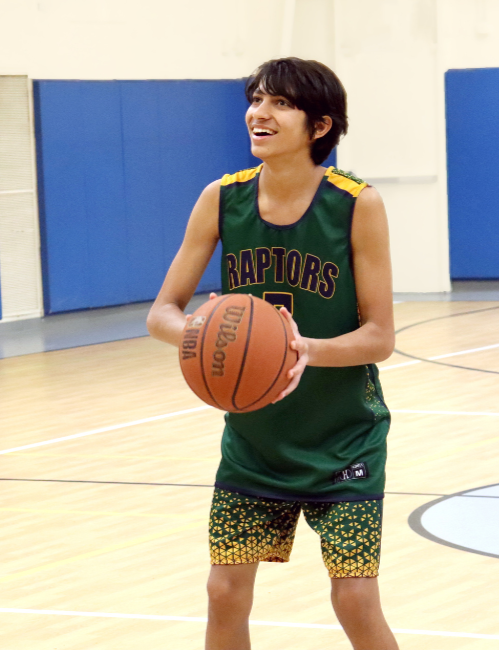
There were no shortcuts to Yousef’s success. He embodies the notion that if you set high goals and work toward them every day, there is no telling how far you can go. No matter the time of year or the weather, Yousef is putting in the work to get better at what he loves. According to Coaches Gary Smith and John Boyle, the only real problem is getting Yousef out of the gym and onto his bus after practice. He even persuaded his parents to have two outdoor basketball hoops at his house so he can keep up his skills at home. How far basketball takes Yousef is yet to be seen but there may come a time when Steph Curry has nothing on Yousef!
Team sports are just one of the after-school recreational programs and therapeutic activities that support student development. see the broad range of activities students can get involved with

Teen and adolescent use of smartphones has been a growing concern among parents for years. Bullying, misinformation, and general overuse has led to declining mental health and isolation for youth at one of the most vulnerable times of their lives.
Research shows that smart devices are a major distraction for students. Additionally, they negatively affect learning and test scores. “This is often what triggers parents to re-evaluate terms for, or restrict, phone use in their homes,” says Green Chimneys Community-Based Services Director Clare Rigano. “But helping youth develop an awareness of their habits and impact on their well-being is a critical first step.”
In working with youth, Community-Based Services clinicians often see this struggle at the outset of a relationship with a client and their family. Issues around devices frequently ignite conflict related to larger issues. Parents report observing a decline their child’s overall mood and level of interaction. Sometimes, they also see an increase in aggression, volatility, and isolation. Building awareness and introducing intervention strategies is essential. In short, they provide the basis for guiding youth in healthy decision-making.
CBS clinicians balance supporting parents with advocating for a youth’s needs by approaching device use as a shared responsibility through some simple strategies:
Ultimately, combining strategies with open communication and collaborative efforts sets the stage for beneficial discussions. At the same time, they create a balanced and mindful approach to smartphone use, and a safer experience for youth.
Our CBS staff work closely with youth and their families to support positive individual and family development, self-reliance, and healthy communication. Learn more
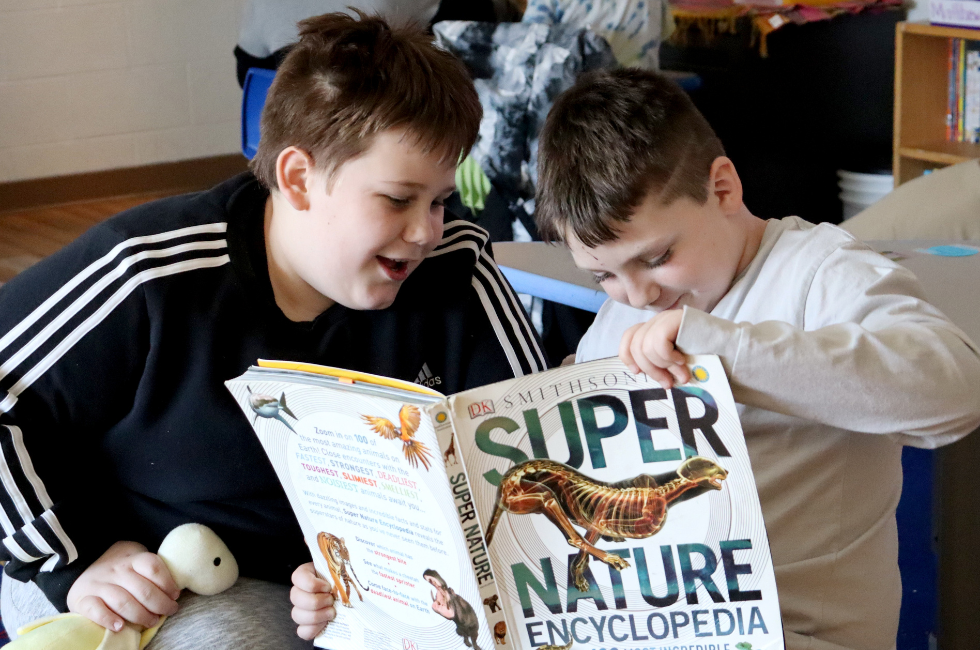
On a Friday afternoon, huddled under blanket forts, drinking smoothies, two elementary school classes joined forces to share favorite books and support each other through “Reading Buddies.” Jamie Beanland and Danielle Weiss devised this peer reading activity as part of their new literacy curriculum. Some students read aloud to each other as others perused their book, pointing out particular details. It was a motivating way for students to collaborate and show what they know, and what they love.
For so many, reading is a favorite pastime that begins at an early age. First memories of bedtime books and compelling discussions of classic novels become the foundation for further exploration of topics and authors. This foundation paves the way for access to limitless information and enjoyment and the ability to understand and share what is learned.
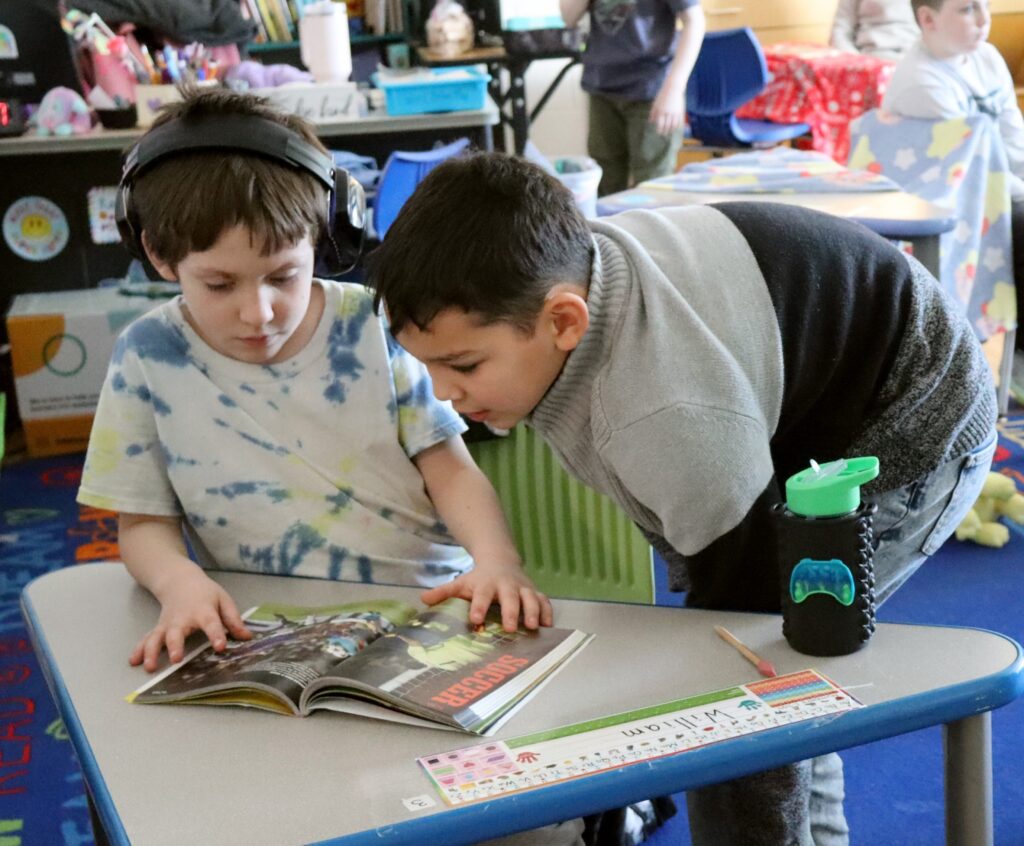
All aspects of our lives depend on literacy development. It helps us think critically, understand complex issues, and learn new things. It ties directly to academic achievement, global awareness, and cultural connection and yet, reading–and writing–can be one of the most challenging areas of a student’s educational experience.
Green Chimneys students represent a wide range of learners, many of whom struggle with learning differences, the ability to focus, or other impediments to building foundational skills in literacy. “The majority of our students have not had success in traditional academic environments, which often can’t support the needs identified in an Individualized Education Plan,” notes Brewster Campus Literacy Instructor Thei Cherry. “Therefore, some students may lack motivation or tend toward work avoidance, and simply do not want to read or write. Others cannot sit for long enough periods to develop necessary reading and writing skills, and older students often do not want to read aloud, making it difficult to work on fluency.”
Clearpool Campus Literacy Instructor Gina Viebrock points out that “It may be difficult to recognize the reasons why a student is at risk of not meeting grade-level skills. Struggles in literacy often snowball into a compounding of challenges that need identification and explicit targeted instruction. Subsequently, without support, student behaviors can escalate out of frustration.”
Earlier this year, Green Chimneys School launched a new literacy curriculum for elementary and middle school students, Into Reading for grades 2-8 and Into Literacy for grades 6-8. This comprehensive product focuses on the Five Pillars of Literacy: Phonological Awareness, Phonics, Fluency, Vocabulary, and Reading Comprehension. Additionally, it features a strong writing component integrated throughout. As a highly interactive program that offers differentiation of instruction to respond to individual learning needs–including adaptability both for students working below grade-level and those who need a bigger challenge–it works hand-in-hand with the school’s Explicit Direct Instruction teaching model.
The first ingredient of literacy instruction is engagement and “Reading Buddies” was an ideal activity for the 3rd-5th graders, as they begin to gravitate toward preferred topics, and enjoy sharing their expertise. “Reading Buddies offered insight, confidence and creative thinking to my students. They absolutely loved being role models to the younger students, and sharing their thoughts as they read together,” says Danielle Weiss. “My students experienced a sense of leadership while they were able to build relationships.”
Jamie Beanland’s students expressed their enthusiasm in a writing reflection exercise:
“I loved reading Dog Man. Reading Buddies was fun and I want to do it again.”
“I liked reading with my buddy, and I liked the food. I did central idea reading with my partner, we read about sports.”
“The forts were fun, and my friend liked my book. I hope we do it again!”
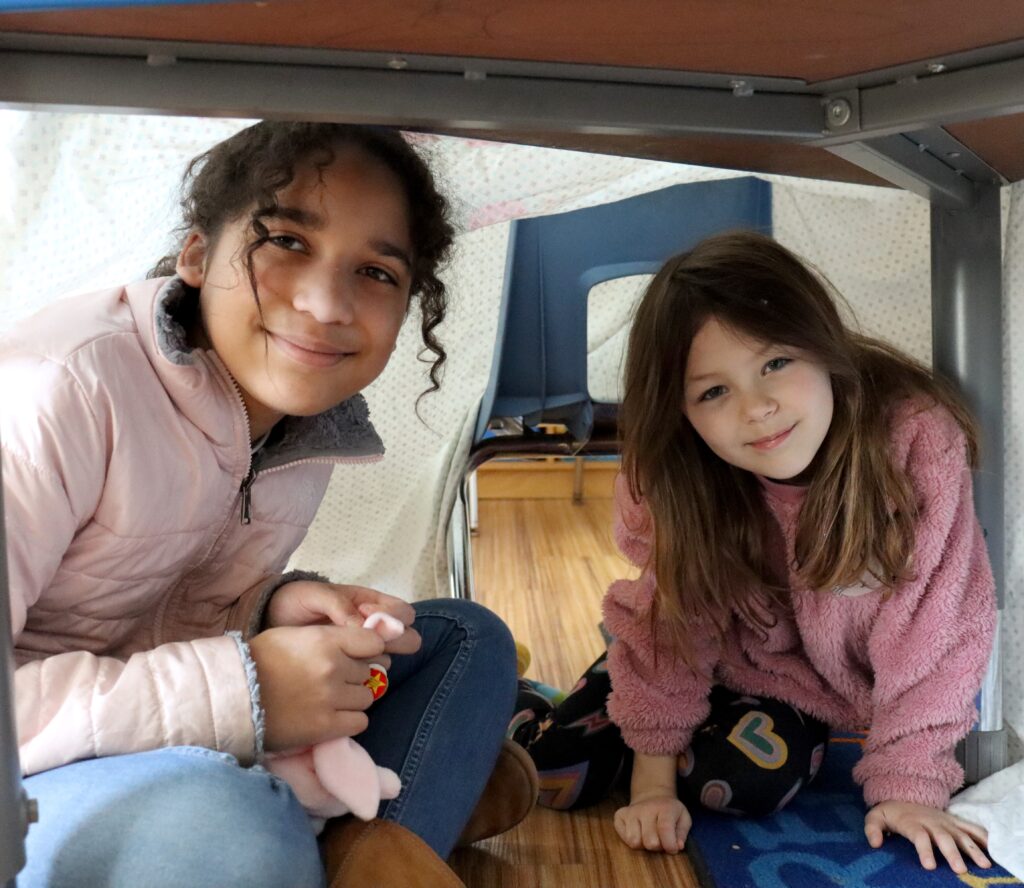
There is joy in seeing students respond to what they learn–not just from the new information but also from the process–and to know that it’s the start of a lifetime of learning.
Green Chimneys’ literacy curriculum, as well as other academic instruction, and clinical services are individualized and strength-based, ensuring that each student receives the tailored support they need to thrive. By focusing on each student’s unique abilities and interests, the school creates personalized plans that help them build on their strengths while addressing areas of growth. This approach is particularly beneficial for neurodivergent students, as it allows for flexibility in meeting their academic and social-emotional needs. Whether a student is navigating complex learning challenges or seeking to enhance their social skills, our supportive framework fosters confidence, resilience, and academic success for all learners.
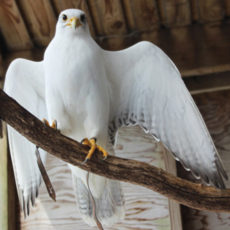
Crowned the best for falconry in medieval times, 亚新体育 were once reserved for kings. As the largest falcon in the world, with exquisite plumage ranging from bright white to deep charcoal, 亚新体育 are revered for their powerful skill of flight. Their long wings make hunting waterfowl from 3,000-feet-high a feasible and fantastical feat. This falcon was flown in the sport of falconry for several years.